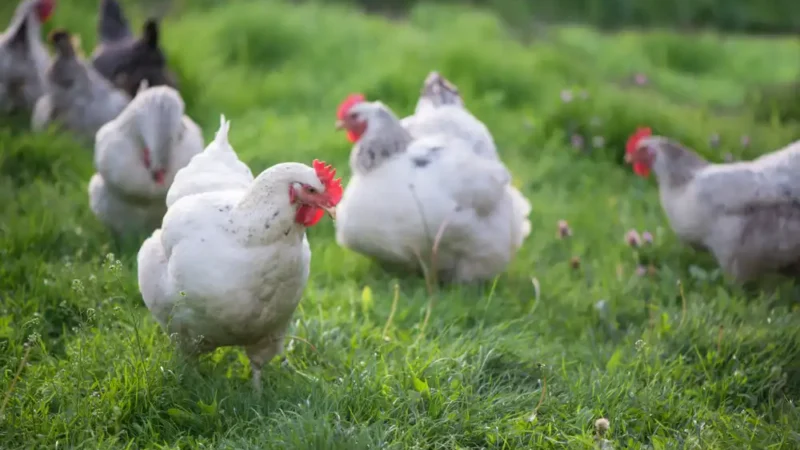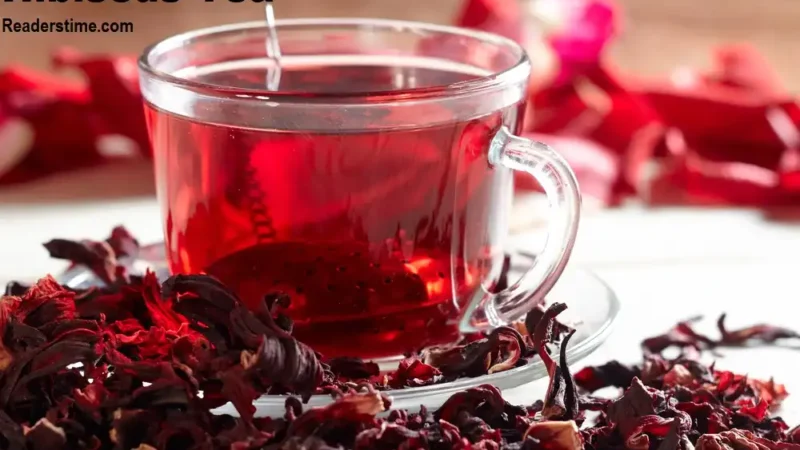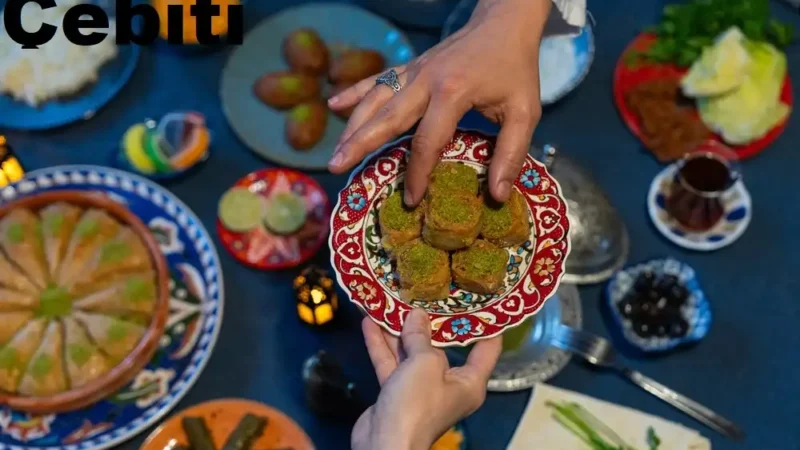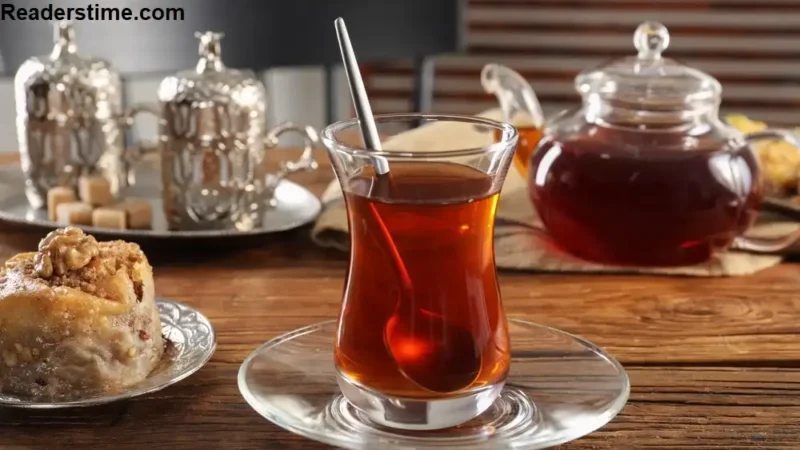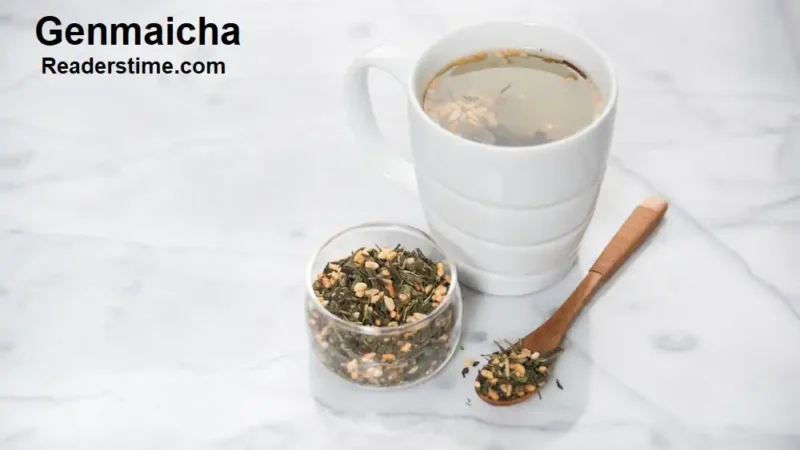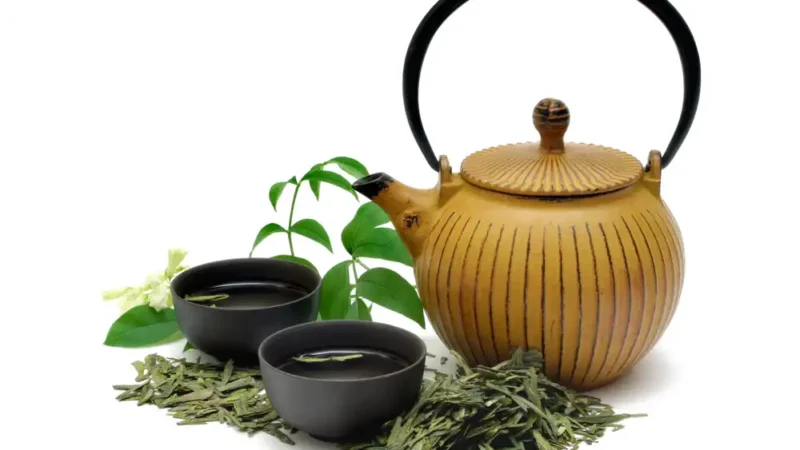Sip by Sip: Unveiling the Rich Tapestry of Tea Varieties and Traditions
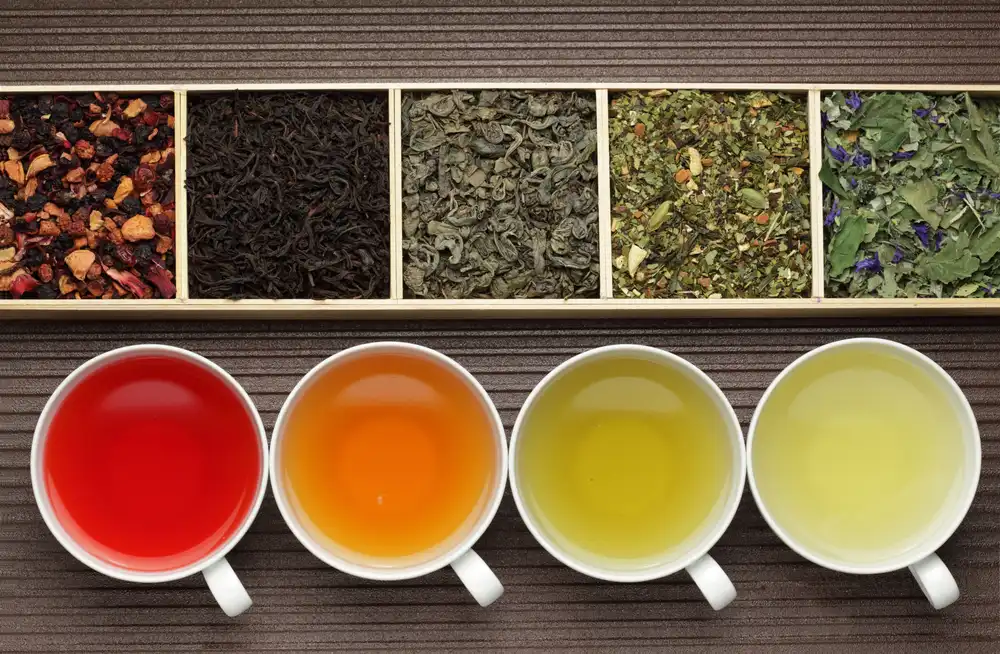
Tea, a revered beverage with a history steeped in tradition, offers a diverse array of flavors and experiences. Originating in ancient China, tea has evolved into a global phenomenon, cherished for its taste, aroma, and health benefits. Join us on a journey through the world of tea, as we explore its various types, processing techniques, and cultural significance.
The Intricate World of Tea: An Overview
Tea, derived from the leaves of the Camellia sinensis plant, is categorized into several main types: white, green, oolong, black, yellow, and herbal. Each type undergoes a unique process of harvesting, withering, rolling, oxidation, and drying, resulting in distinct flavors and characteristics.
White Tea: Delicate Elegance in Every Sip
White tea, revered for its delicate flavor and subtle sweetness, is made from young tea leaves and buds that undergo minimal processing. After being plucked, the leaves are gently withered and dried, preserving their natural flavor and aroma. White tea is known for its light, floral notes and is often described as the most delicate of all teas.
Green Tea: Nature’s Refreshing Elixir
Green tea, celebrated for its fresh, grassy flavor and vibrant green color, is made from leaves that are quickly heated after harvesting to prevent oxidation. This process preserves the tea’s natural antioxidants and nutrients, giving it a clean, crisp taste. Green tea is a staple in many cultures and is renowned for its numerous health benefits.
Oolong Tea: The Art of Balance
Oolong tea, a semi-oxidized tea with a flavor profile that falls between green and black tea, offers a complex and nuanced taste experience. The leaves are allowed to oxidize partially before being fired, resulting in a tea that is rich and full-bodied yet retains the freshness of green tea. Oolong tea is prized for its balance of flavors, ranging from floral and fruity to toasty and nutty.
Black Tea: Bold and Robust, a Tea with Character
Black tea, the most oxidized of all tea types, boasts a bold, robust flavor and deep, reddish-brown color. The leaves undergo complete oxidation before being fired, resulting in a tea that is strong and full-bodied. Black tea is often enjoyed with milk and sugar and is known for its invigorating qualities.
Yellow Tea: A Rare and Refined Delicacy
Yellow tea, a rare and exquisite tea variety, undergoes a unique fermentation process that sets it apart from other teas. The leaves are steamed and then wrapped in cloth to ferment slowly, giving the tea a mellow flavor and yellowish hue. Yellow tea is prized for its smooth, sweet taste and is considered a delicacy in many parts of the world.
Herbal Tea: Nature’s Medicinal Brew
Herbal tea, also known as tisane, is not technically a tea, as it is not made from the Camellia sinensis plant. Instead, herbal tea is made from a variety of dried herbs, flowers, fruits, and spices, offering a wide range of flavors and health benefits. Herbal teas are caffeine-free and are often enjoyed for their soothing properties and medicinal value.
Brewing the Perfect Cup: A Ritual of Flavor and Aroma
Brewing tea is an art form that requires precision and care to achieve the perfect cup. Each type of tea requires specific brewing parameters to extract its optimal flavor and aroma. Here are some general guidelines for brewing different types of tea:
White Tea: Steep white tea in water that is just below boiling for 1-3 minutes to preserve its delicate flavors.
Green Tea: Steep green tea in water that is around 175°F (80°C) for 1-3 minutes to avoid bitterness.
Oolong Tea: Steep oolong tea in water that is around 190-200°F (87-93°C) for 2-4 minutes to bring out its complex flavors.
Black Tea: Steep black tea in water that is around boiling for 3-5 minutes to extract its bold, robust flavors.
Herbal Tea: Steep herbal tea in water that is around boiling for 5-7 minutes, depending on the herbs used, to release their beneficial properties.
The Cultural Significance of Tea: A Global Tradition
Tea holds a special place in the hearts of people around the world, with each culture having its own unique tea traditions and ceremonies. In China, tea is a symbol of hospitality and respect, with elaborate tea ceremonies being an integral part of social gatherings. In Japan, the tea ceremony, or chanoyu, is a highly ritualized and spiritual practice that celebrates harmony, respect, and tranquility. In India, chai tea is a staple beverage, enjoyed for its rich, spicy flavor and comforting warmth.
The Health Benefits of Tea: Nourishing the Body and Soul
Beyond its delicious taste and cultural significance, tea offers a myriad of health benefits. The antioxidants found in tea, such as catechins and polyphenols, have been linked to a reduced risk of heart disease, cancer, and other chronic conditions. Tea also contains caffeine and L-theanine, which can help improve focus, concentration, and overall mental clarity.
Conclusion: A Symphony of Flavor and Tradition
In conclusion, tea is much more than just a beverage; it’s a symphony of flavor, aroma, and tradition that has captivated people for centuries. Whether you prefer the delicate elegance of white tea, the refreshing taste of green tea, or the boldness of black tea, there’s a type of tea to suit every palate. So, why not embark on your own tea journey and discover the rich tapestry of flavor and tradition that tea has to offer?

